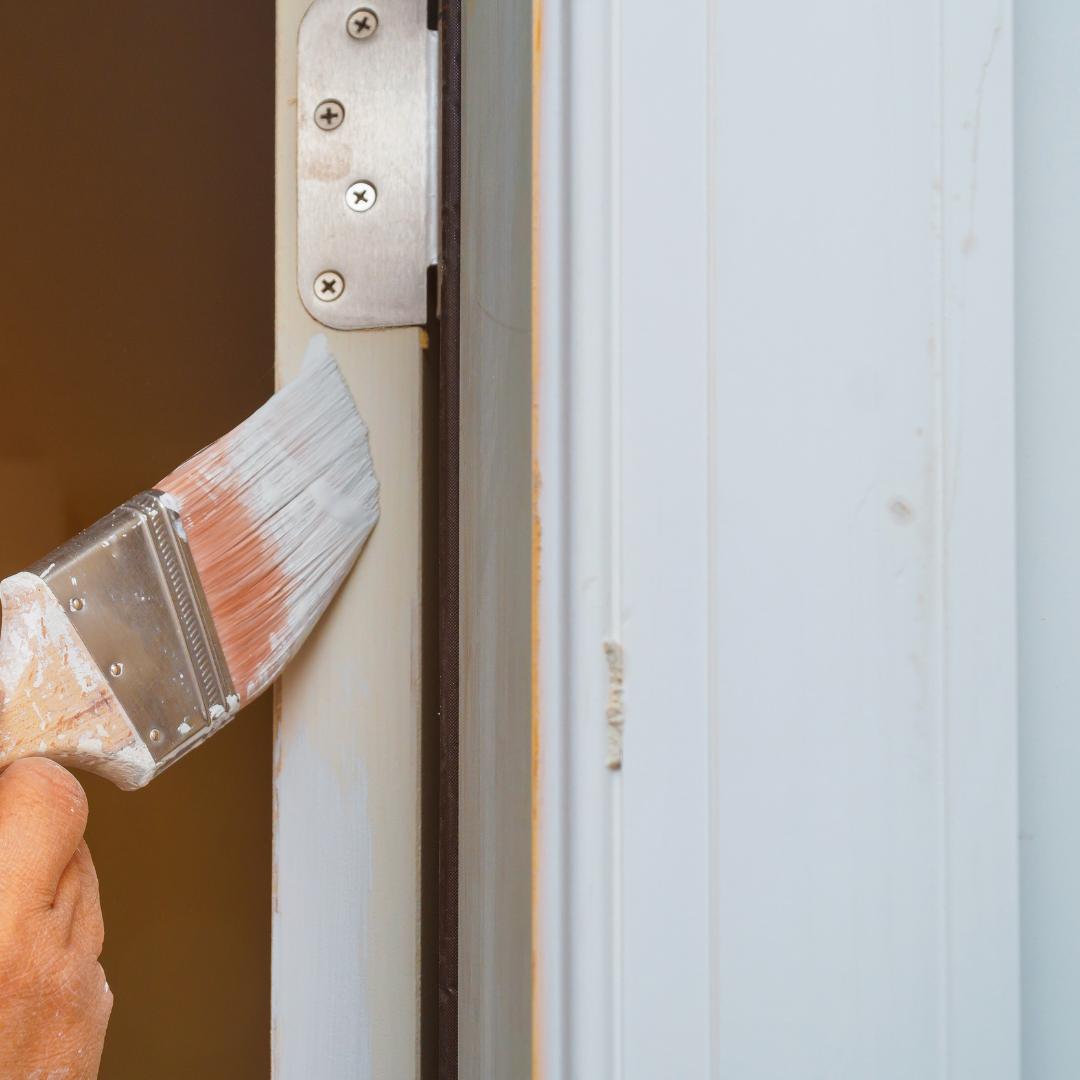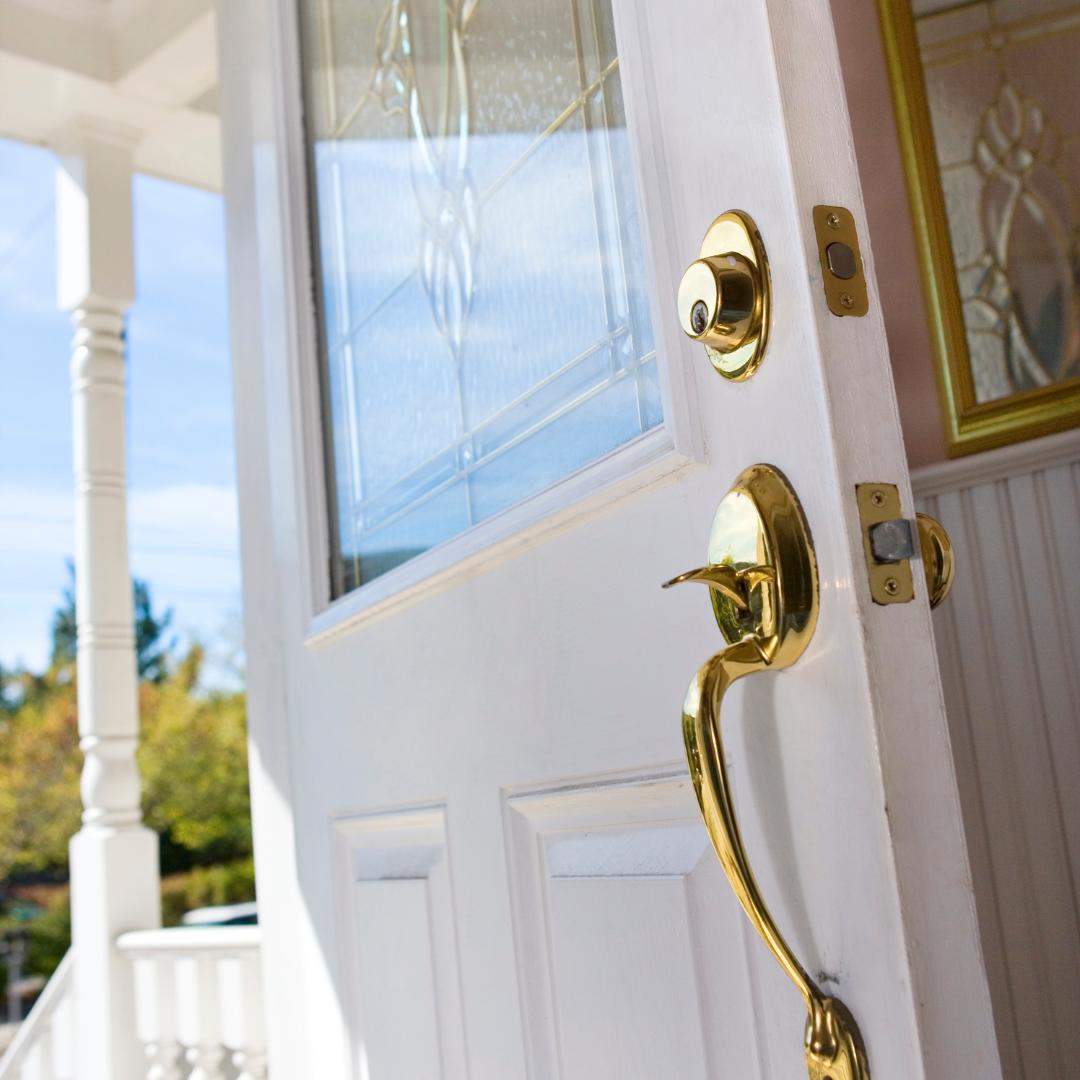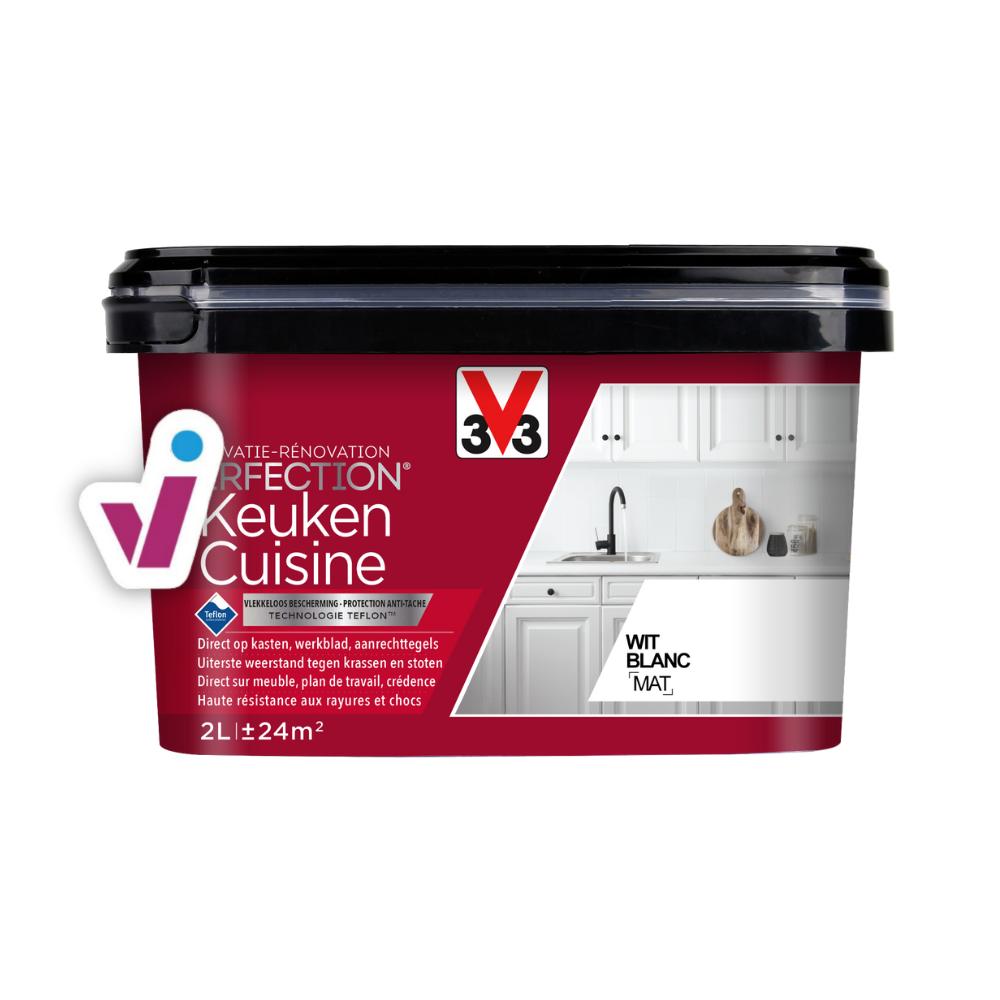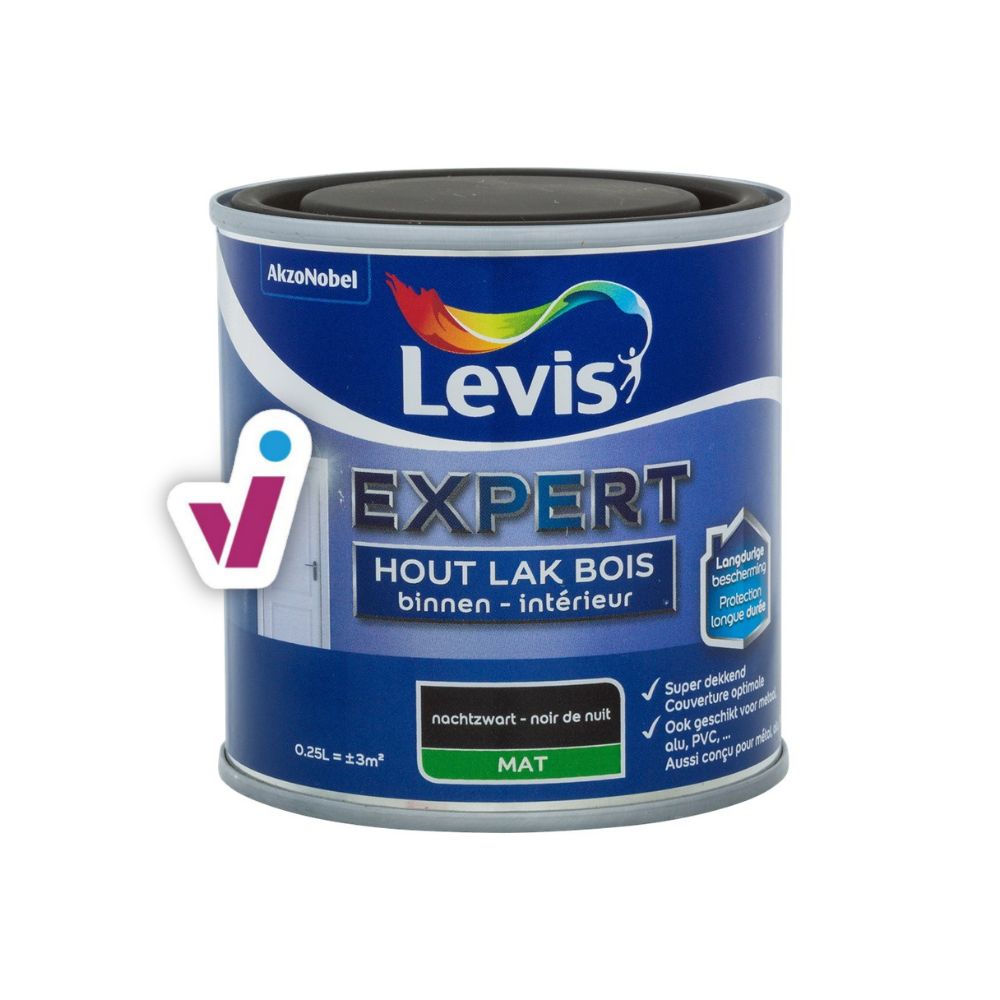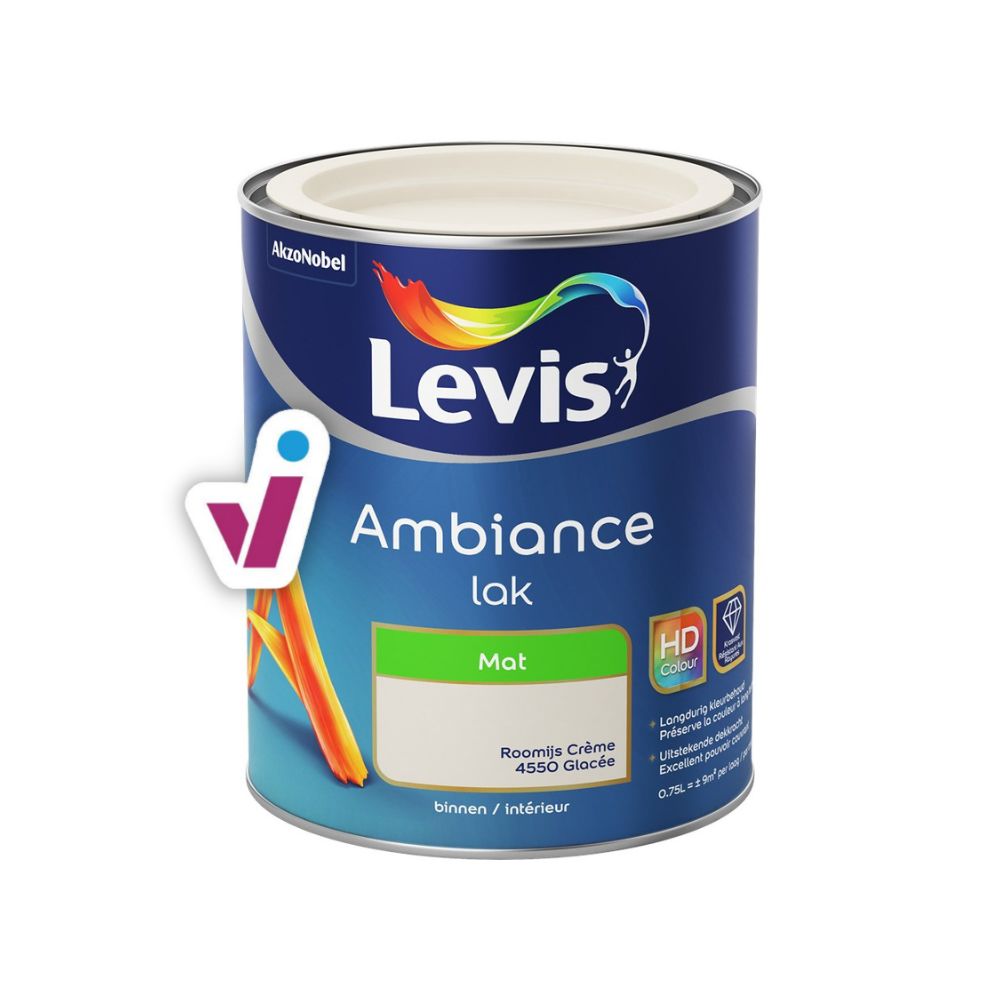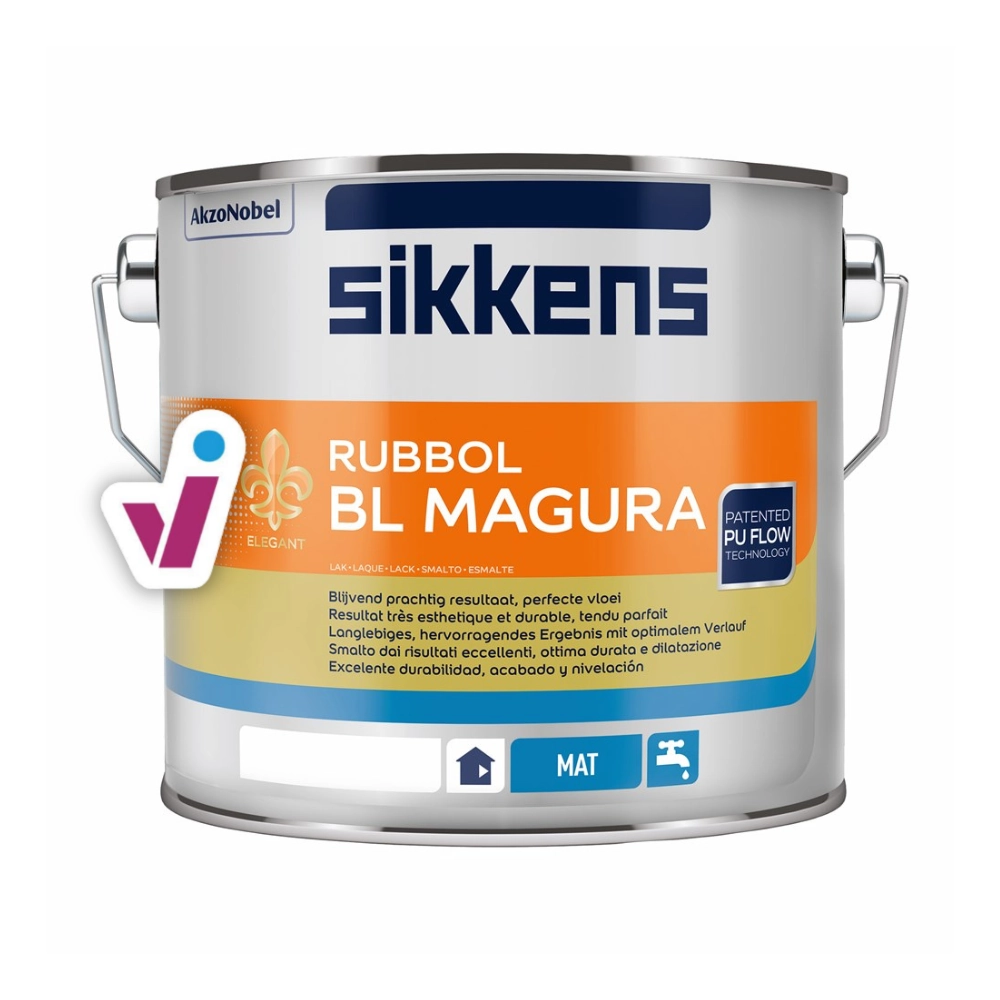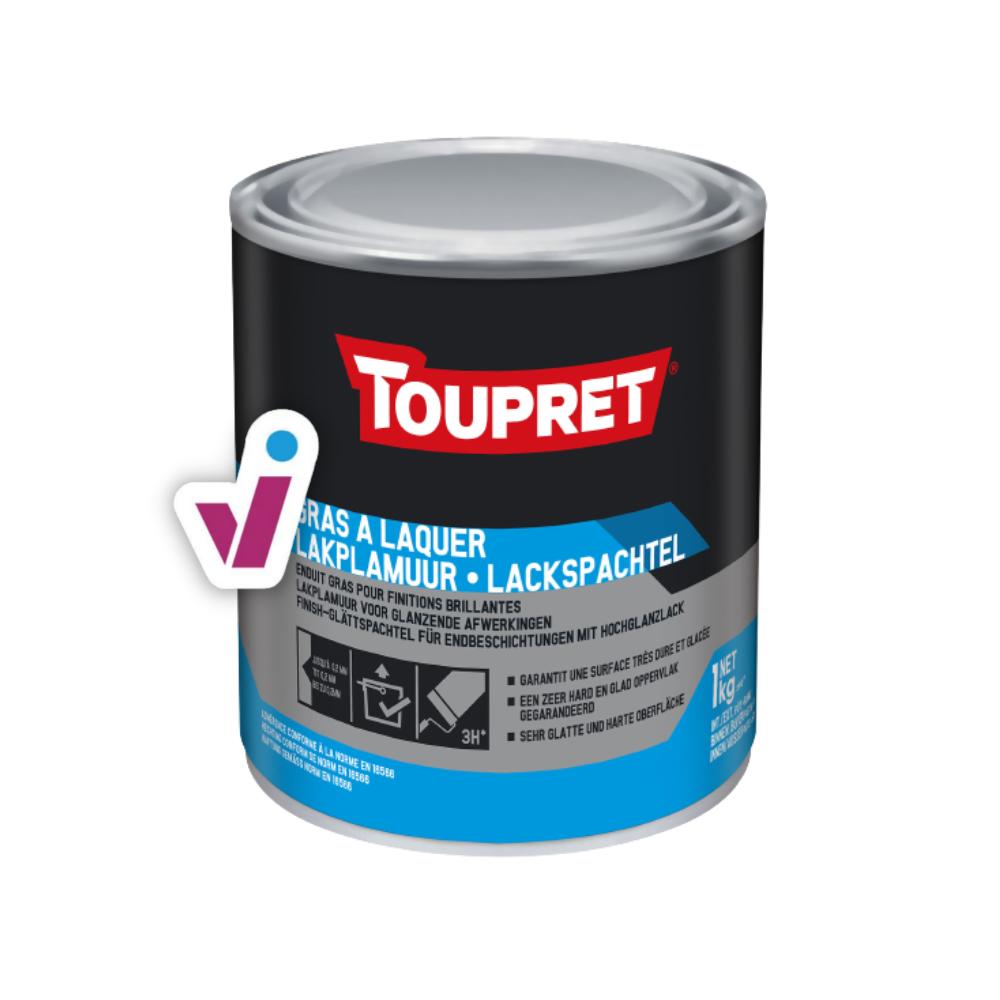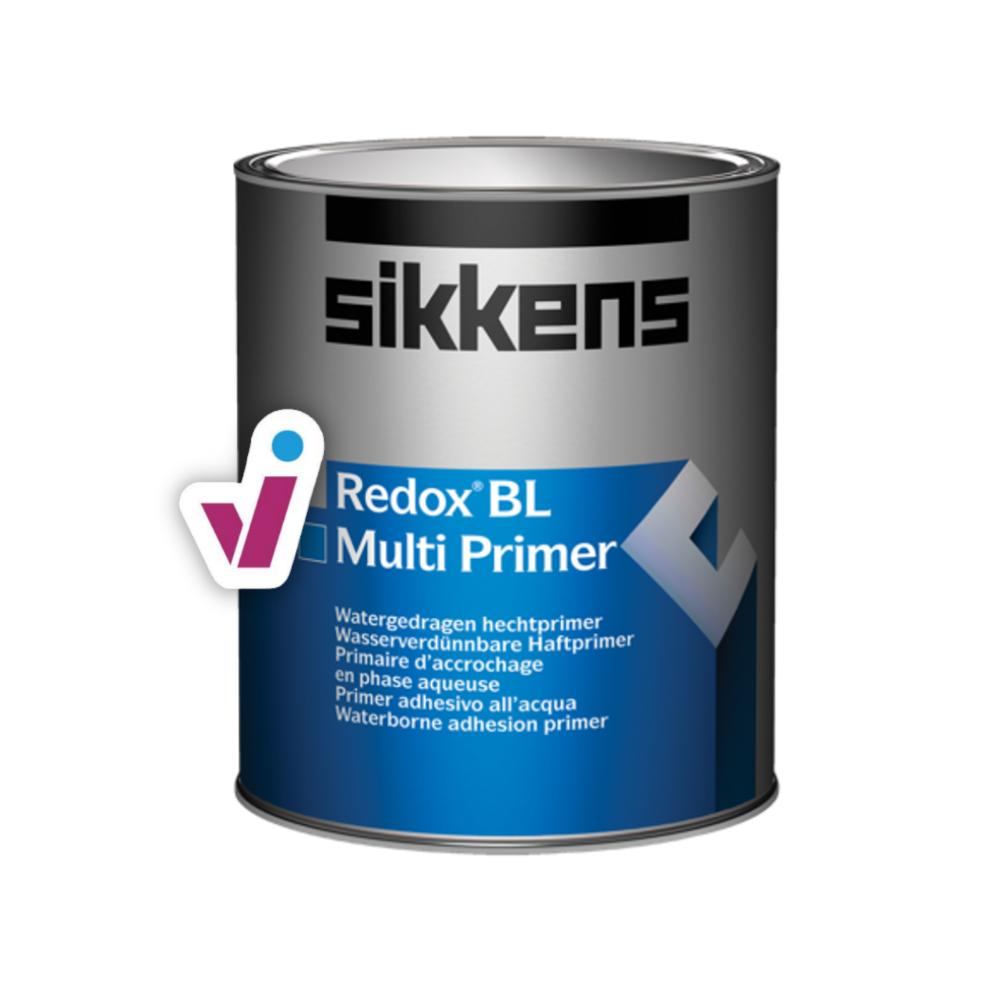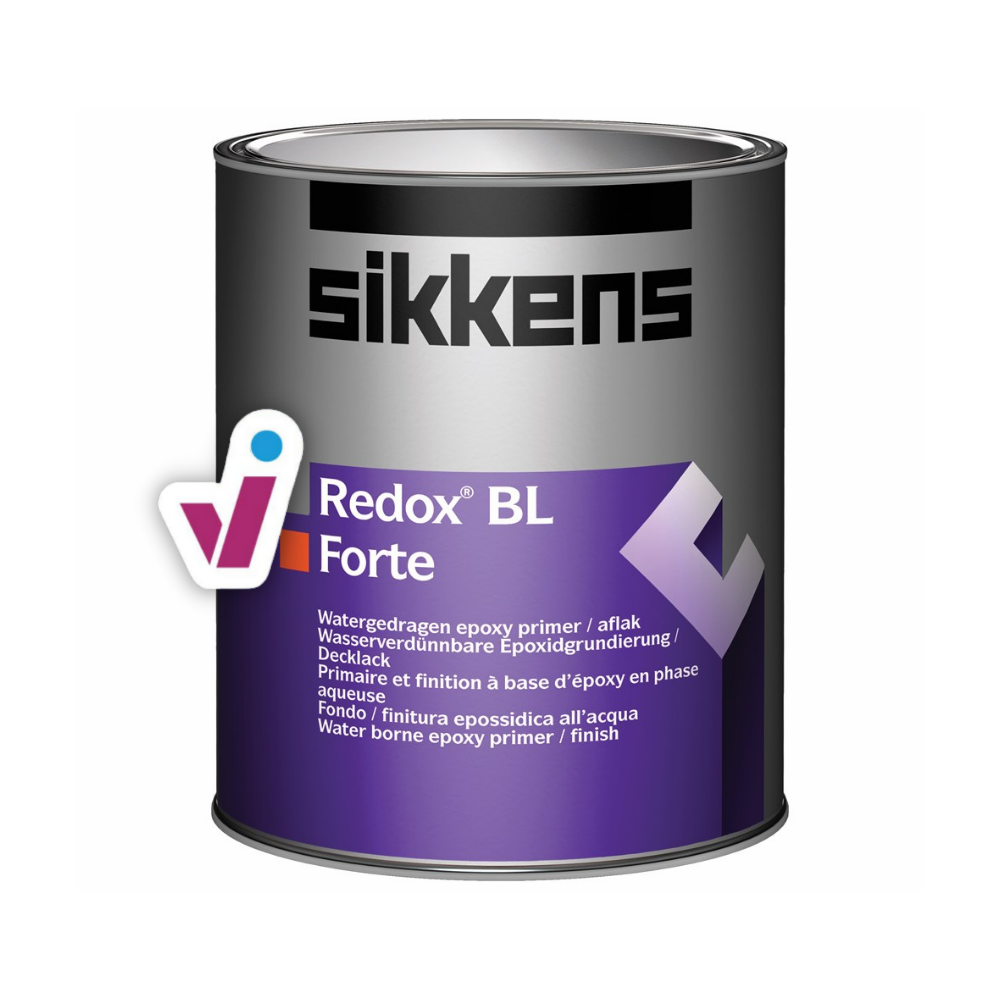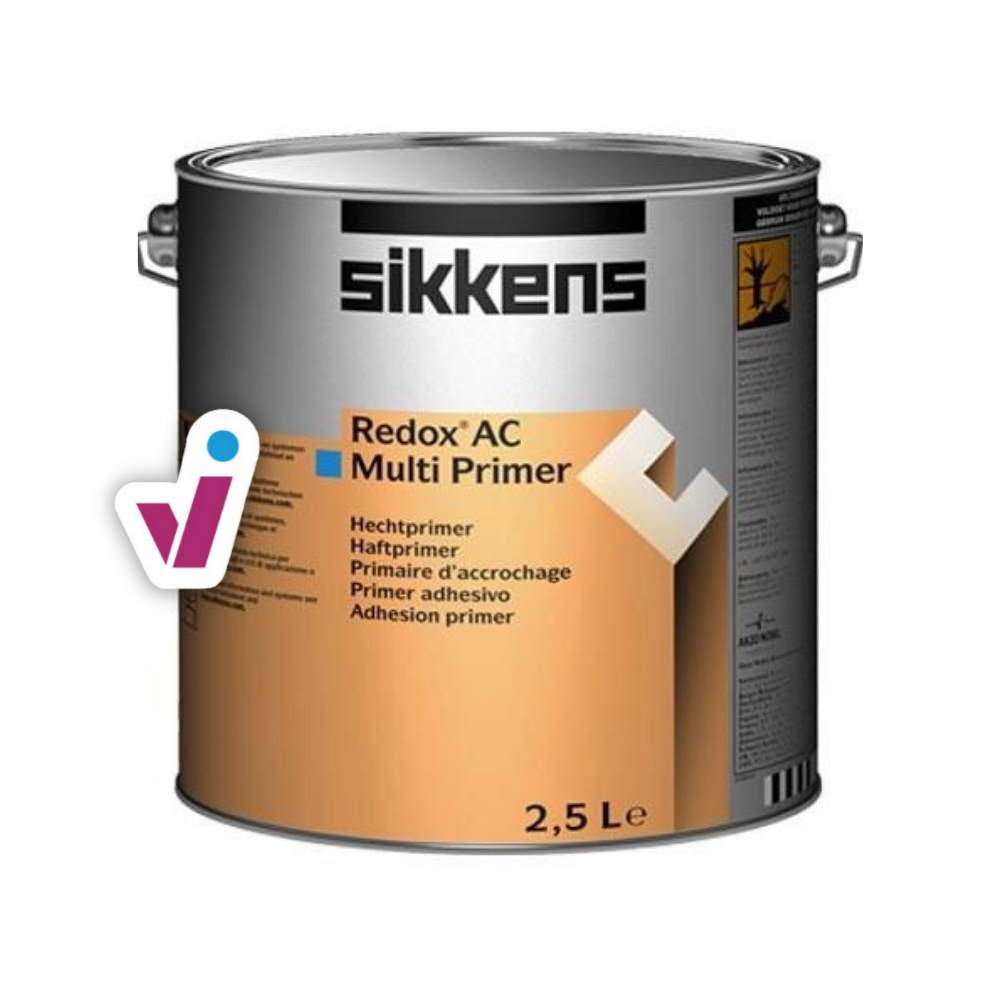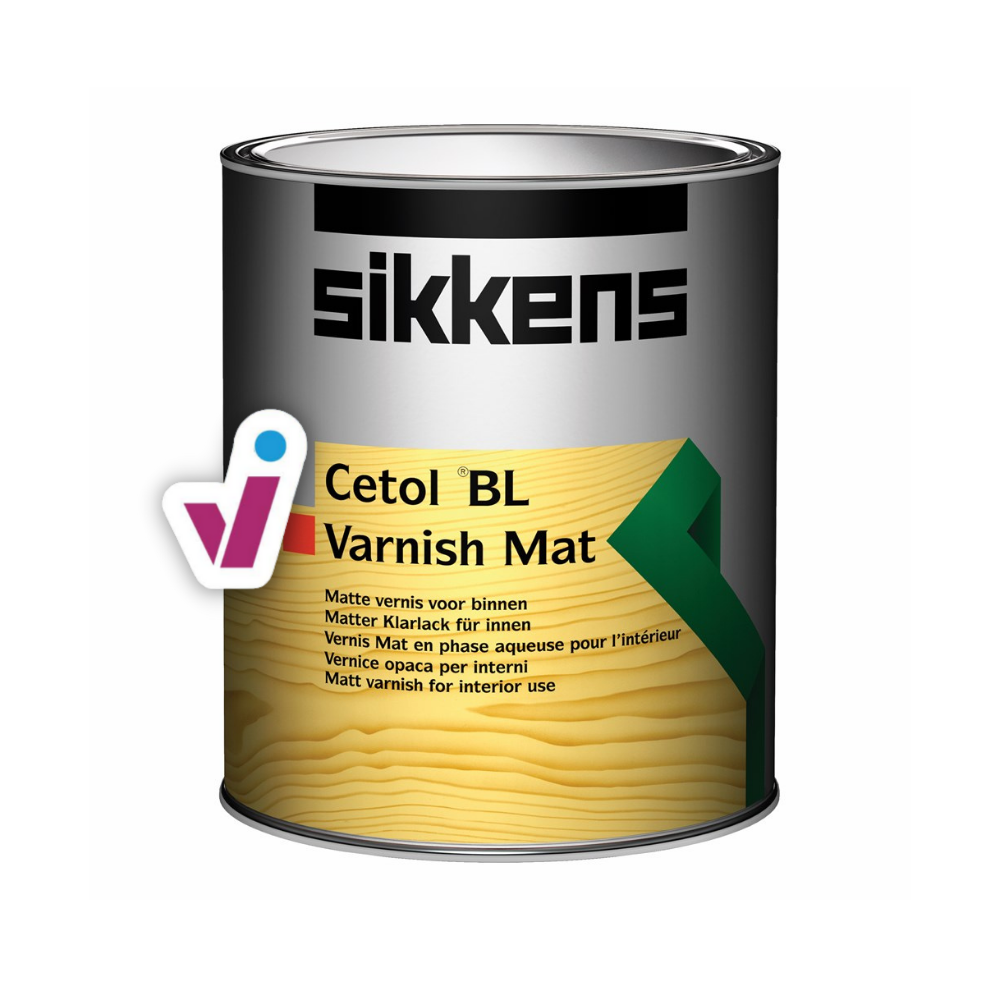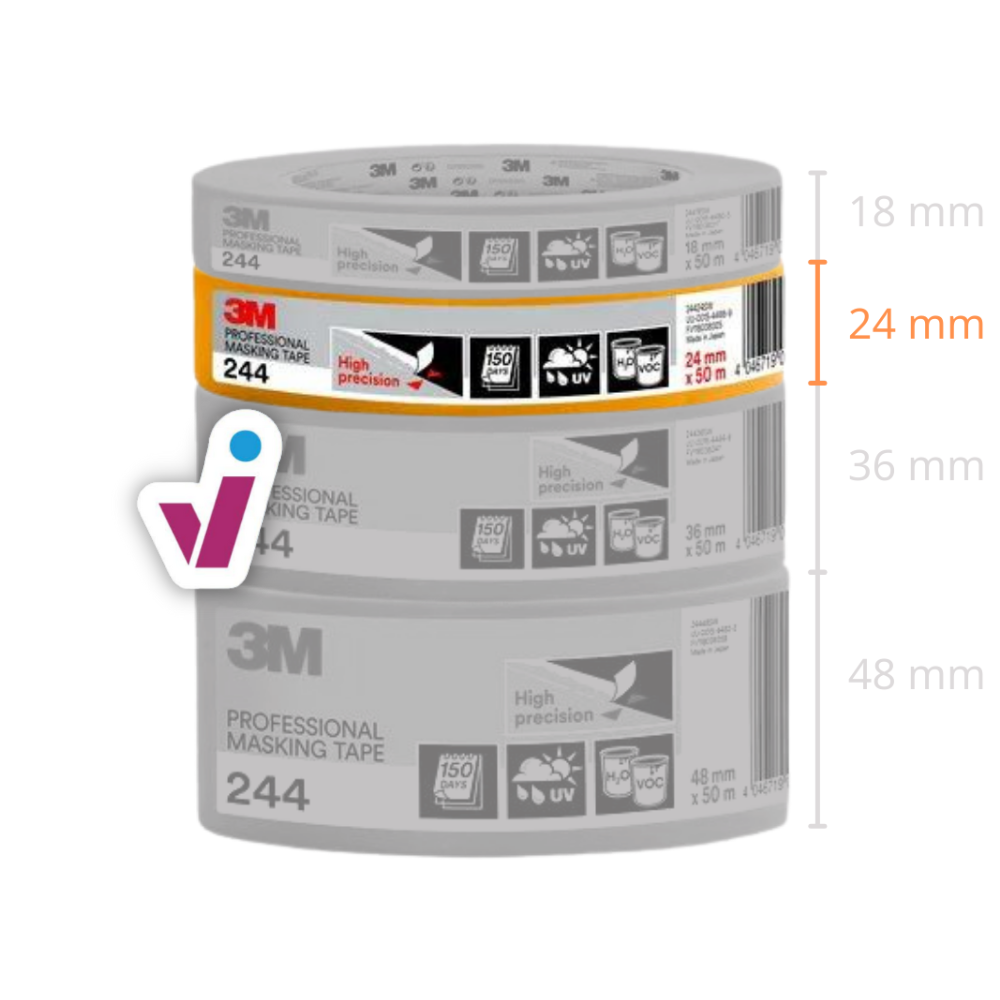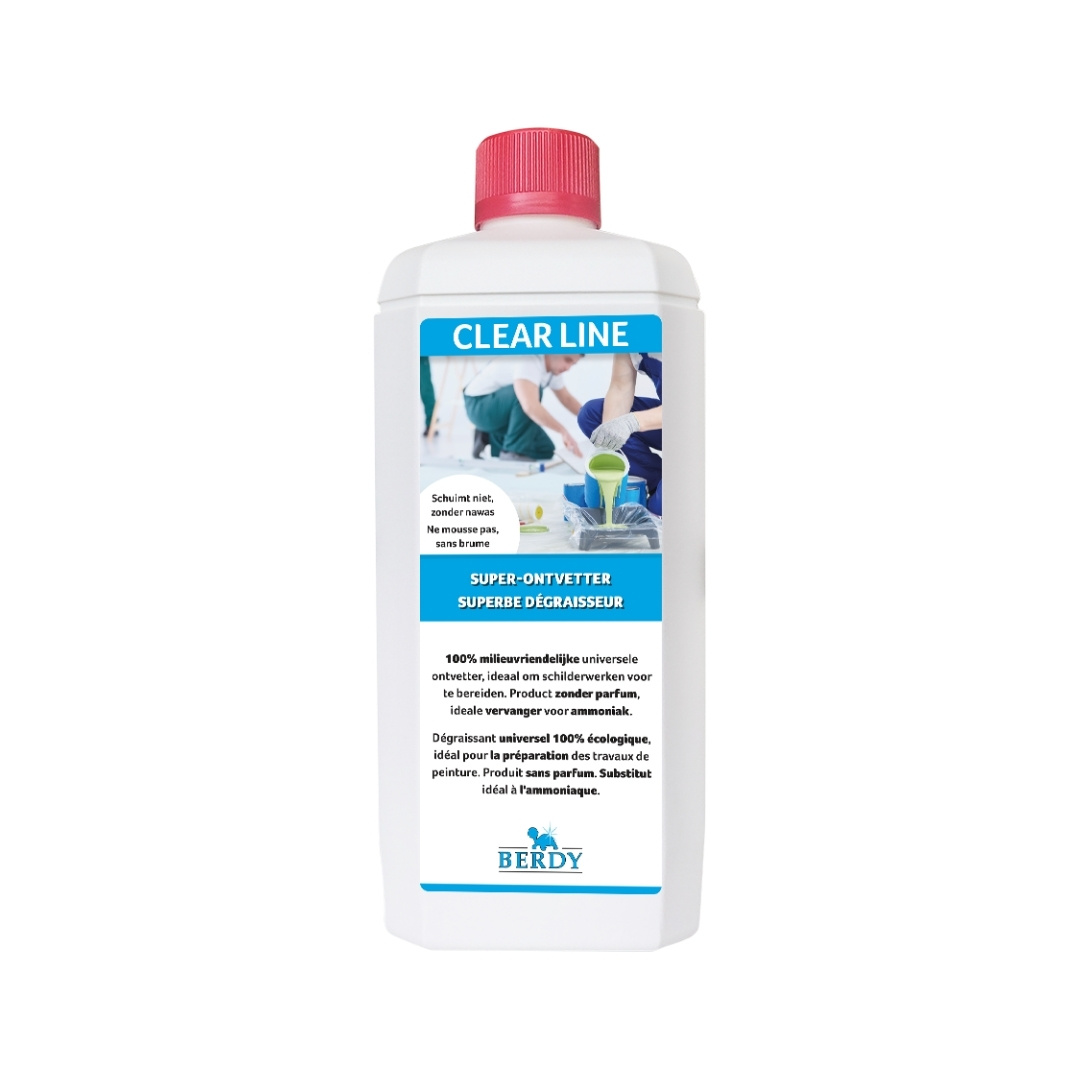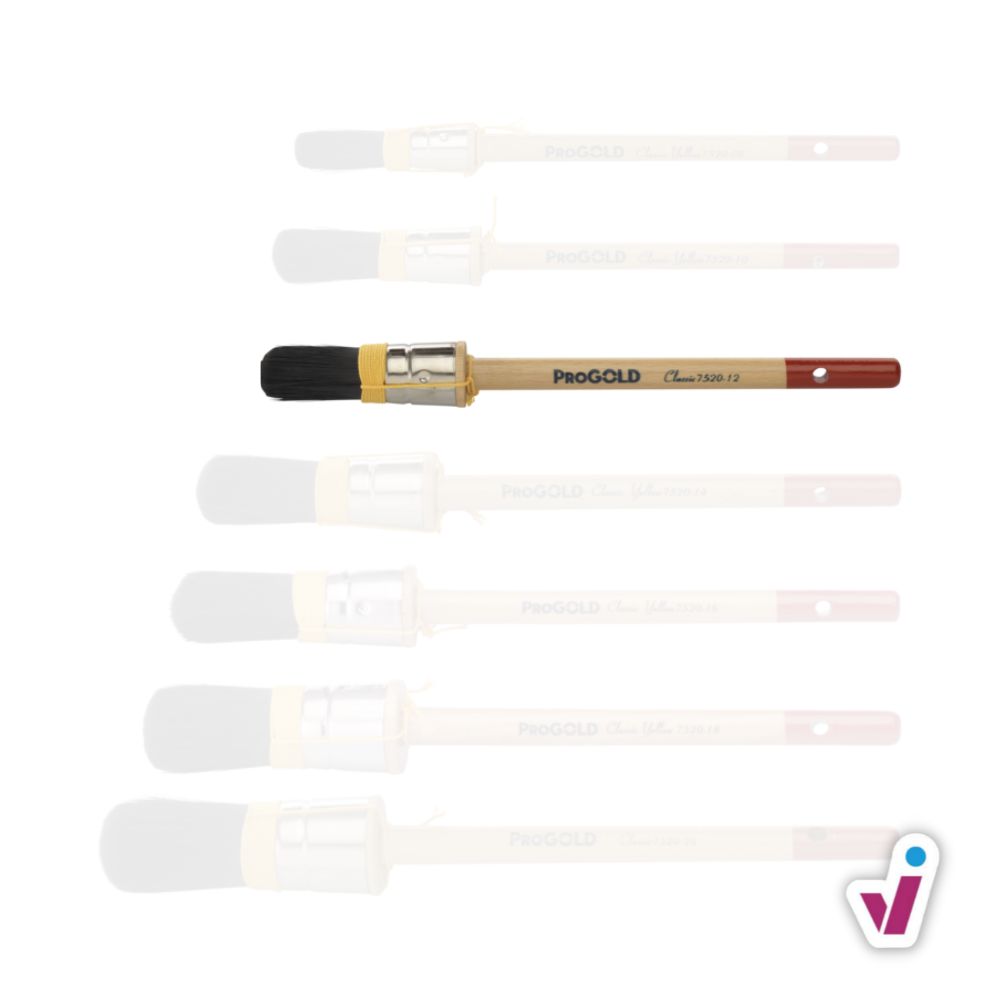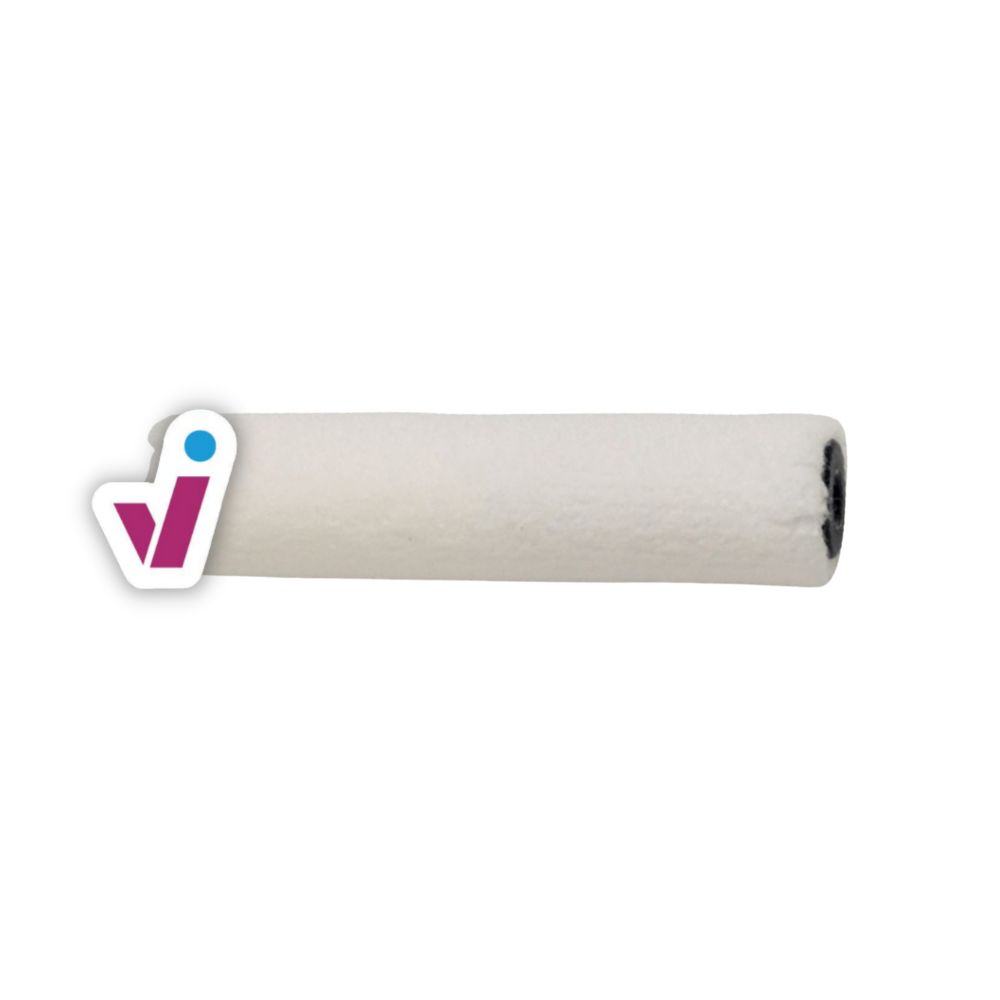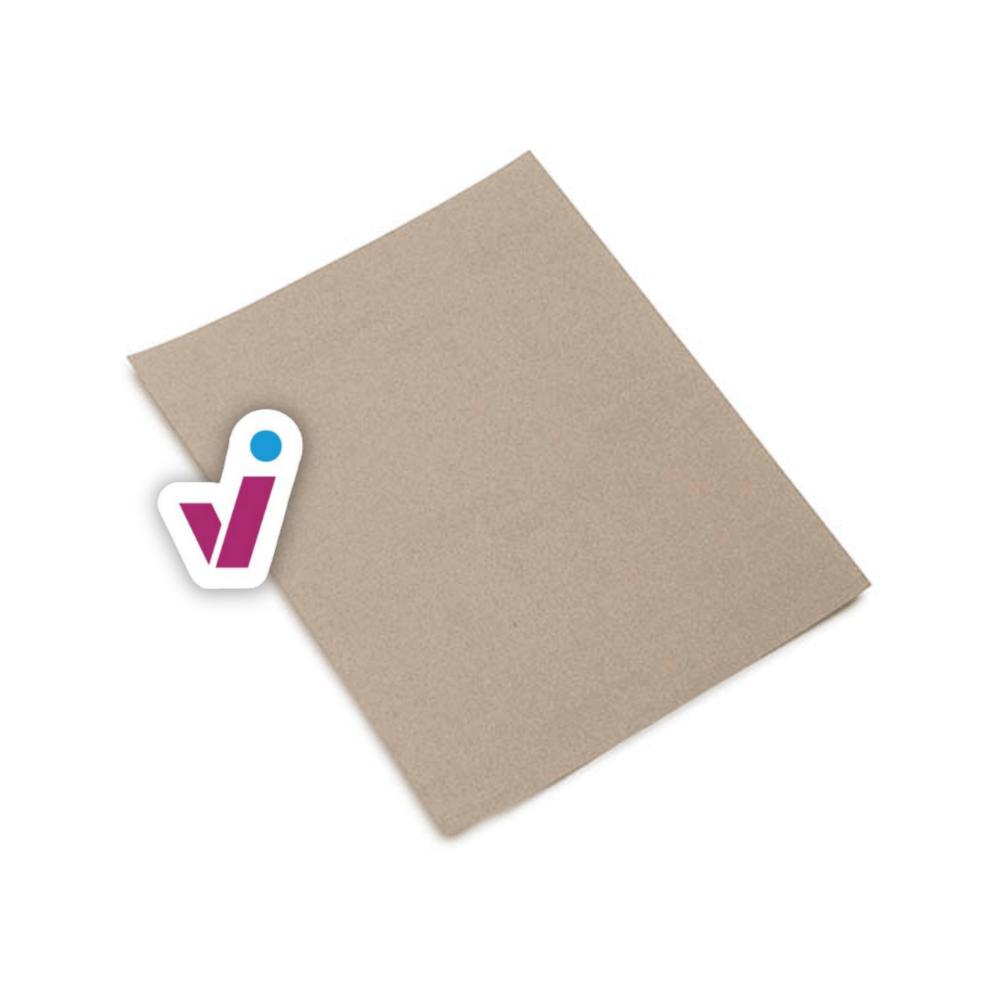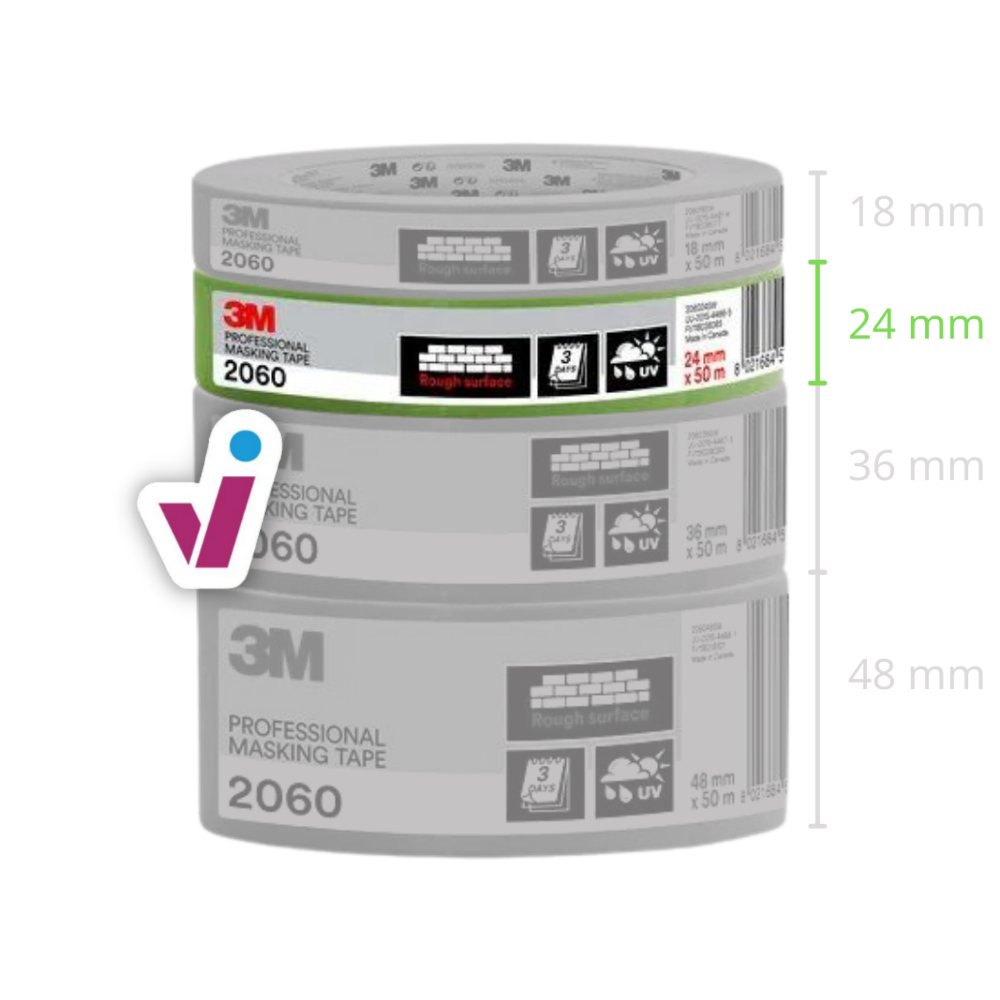Painting a door inside
➡️ Want to paint your front door? Then go straight to our handy guide on how to paint your front door.
Step 1: prepare
- Make sure you only paint the door (take it out and/or tape off).
- Clean and degrease the wood (or previous paint layer).
- Sand and dust the door off.
First, make sure you keep everything around the door paint-free.
- Option 1: remove your door from the door frame, and remove the hinges and the handles.
- Option 2: tape off the parts that shoudn't be painted with masking tape. If you're going to paint the door frame as well, it's best to tape off the adjacent walls too.
Then, further prepare your door by thoroughly cleaning and degreasing it. Use a powerful degreaser for this. Is there glass in your door? Then you should also clean the glass before taping it.
Next, sand and dust the door. It's easiest to sand the large, flat surfaces of the door with a sander. For the smaller details, it's better to do sand them manually.
Want to remove old layers of paint from the door? First remove the loose pieces. Then sand further with 180-grit sandpaper. After that, further smooth out the surface with a fine grit, 240for example.
Do you want to paint bare wood or a paint layer that is still in good condition? Then you can get straight down to working with the finer sandpaper.
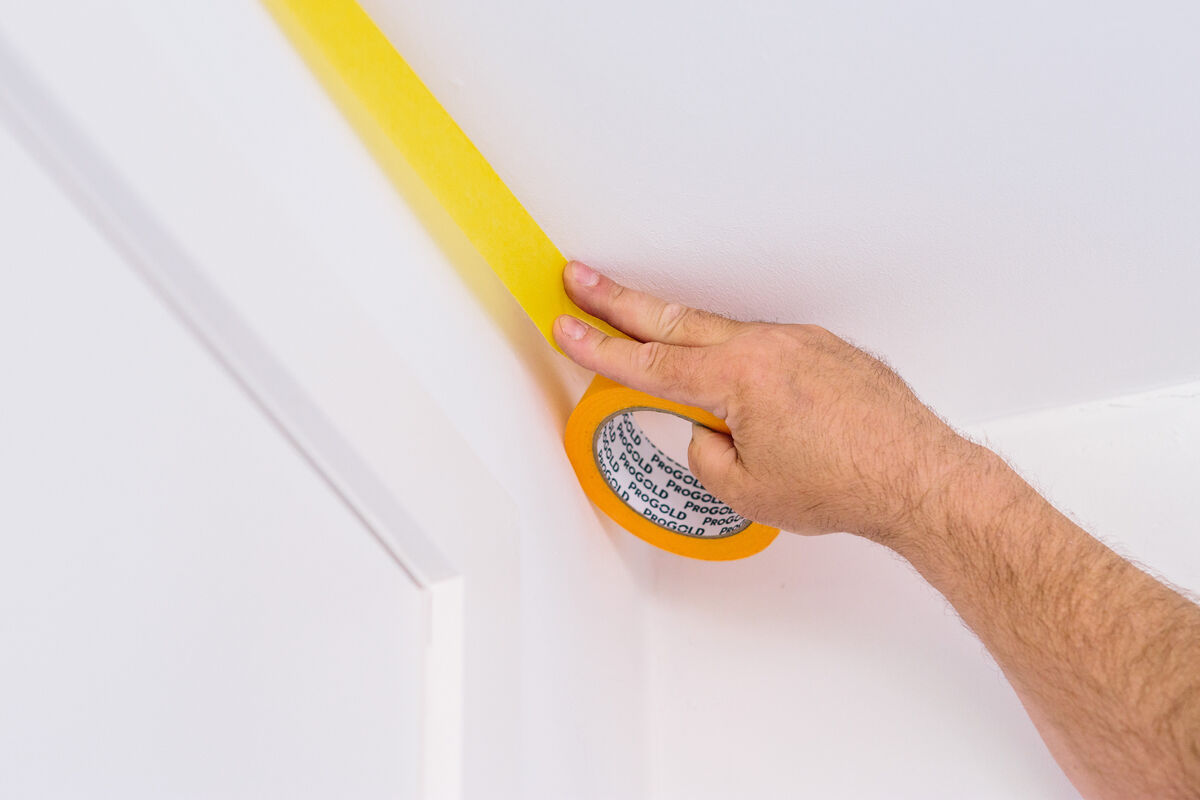
Step 2: apply primer
- Apply two layers of primer.
- Also include the door frame if you like.
- Or skip this step if your door was previously painted.
For wooden interior doors and door frames, it's best to use a water-based primer. For a good end result, you'll need at least two coats of primer.
First, apply the paint to the edges with a brush. Roll the paint open with a paint roller on the straight sections. When doing so, always work in smaller pieces that overlap, painting wet-on-wet. That is, the paint should still be wet when you overlap.
Once you've applied the first layer, it's a matter of waiting for the primer to dry sufficiently. How long you have to wait exactly can usually be found on the paint can or in the technical data sheet. Once the primer is sufficiently dry, start the second coat.
Have your doors been painted before and is the paint layer still intact? Then you no longer need a primer. You can then start the topcoat immediately after cleaning and sanding.
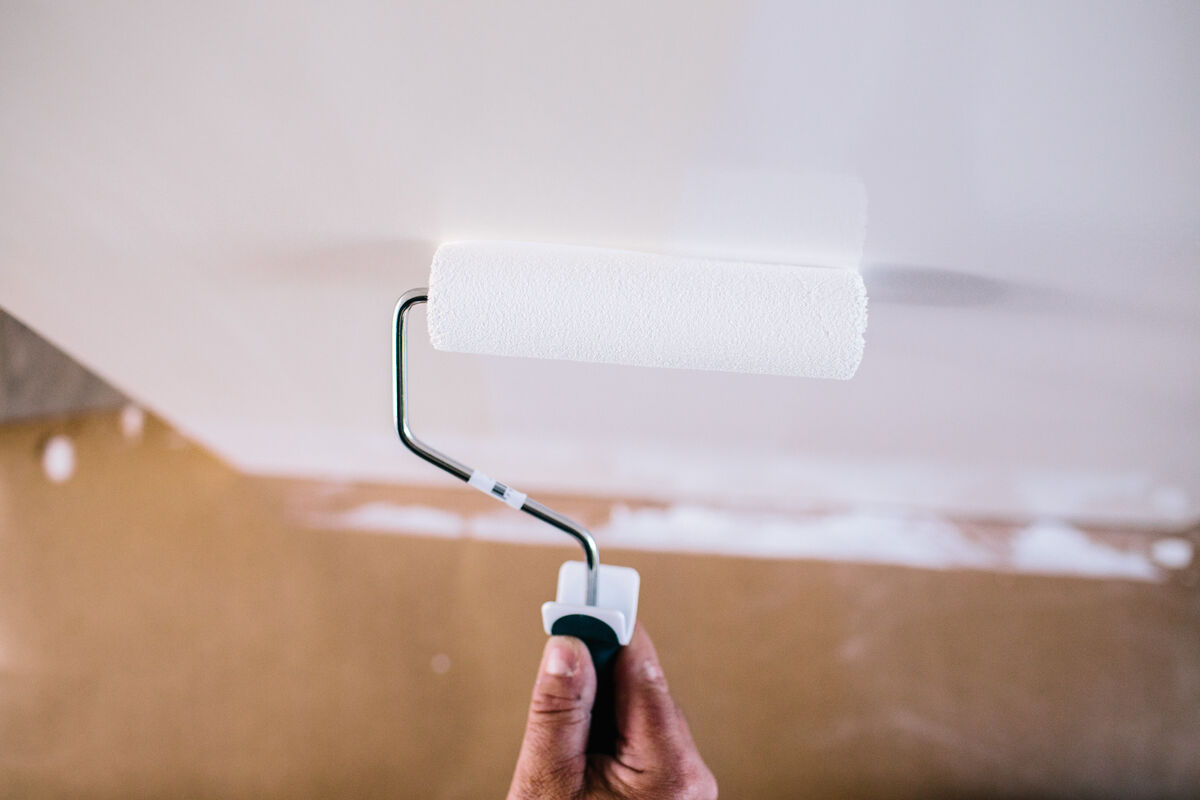
Step 3: lacquer
- Apply one more coat of topcoat.
- Remove the tape or replace the door.
The final step is to paint the door with a water-based lacquer of your choice. It's a good idea to choose a lacquer that can withstand scratches and impacts well. Doors also get touched quite a lot. So it's also smart to choose paint that can withstand skin grease.
You'll need one more coat of the top coat. You apply this in the same way as the primer in step 2.
Then you can remove the tape and/or reassemble the doors - and you're done!
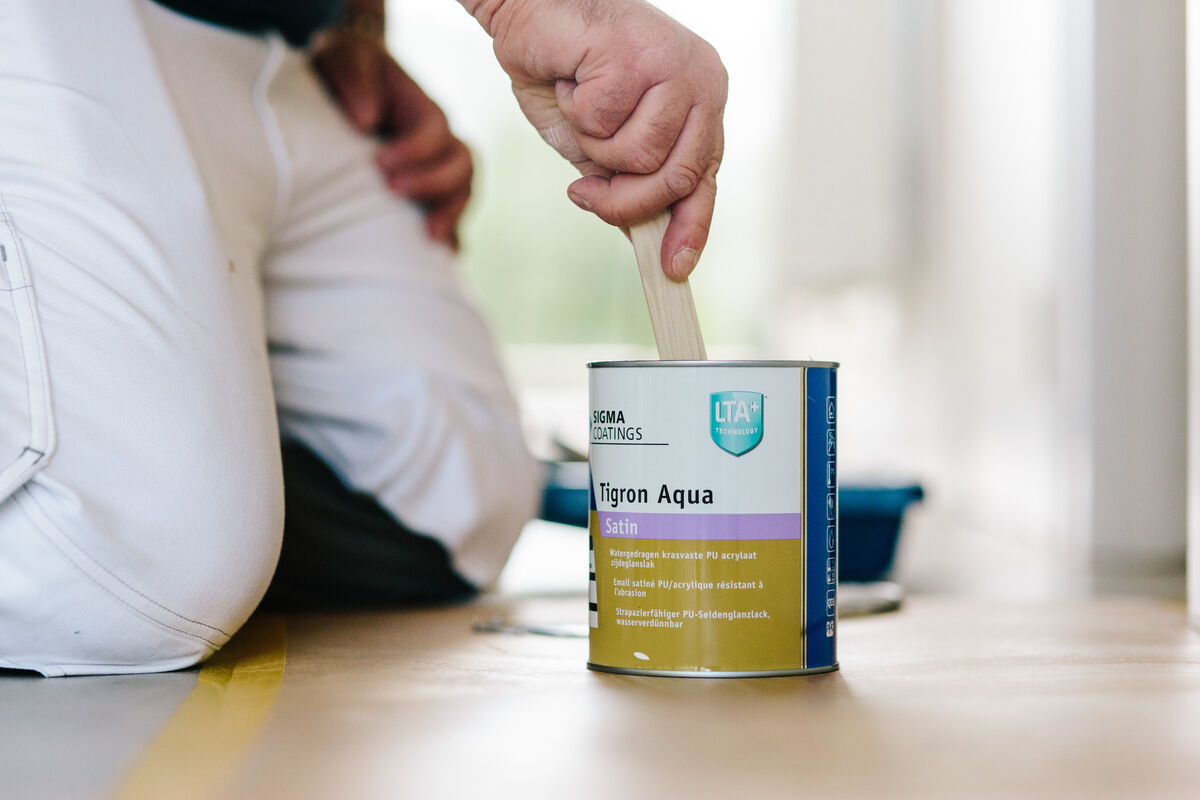
Find the right paint for your interior wooden doors
Ready to get started, but no idea what products you need? In our step-by-step plan you'll find a link to all paints and supplies. Each step shows you exactly what you need to paint your wooden interior doors. Below you'll also find a list of all products.
Want to explore all the options yourself? Then you can find extensive info in our paint guide. Including professional recommendations for those who want top-class paintwork.
If you already know what you're looking for, you can browse through our paint for doors and windows category.
Ready to start painting?
Have a look at the video by Sigma below so you can immediately see how to paint your interior doors neatly.


